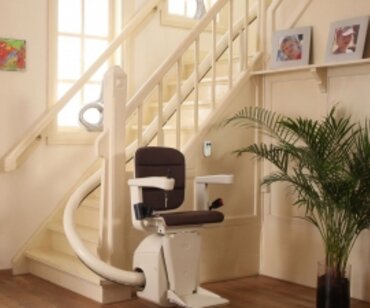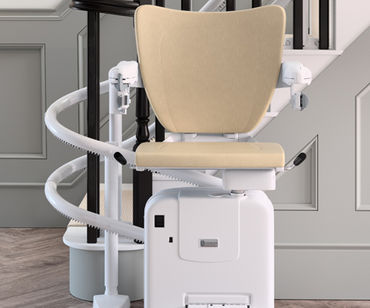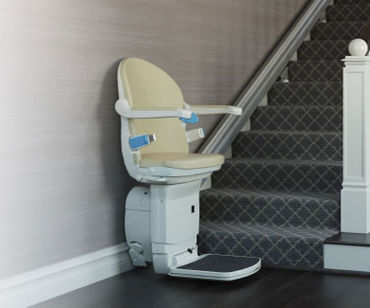How to attract birds to your garden
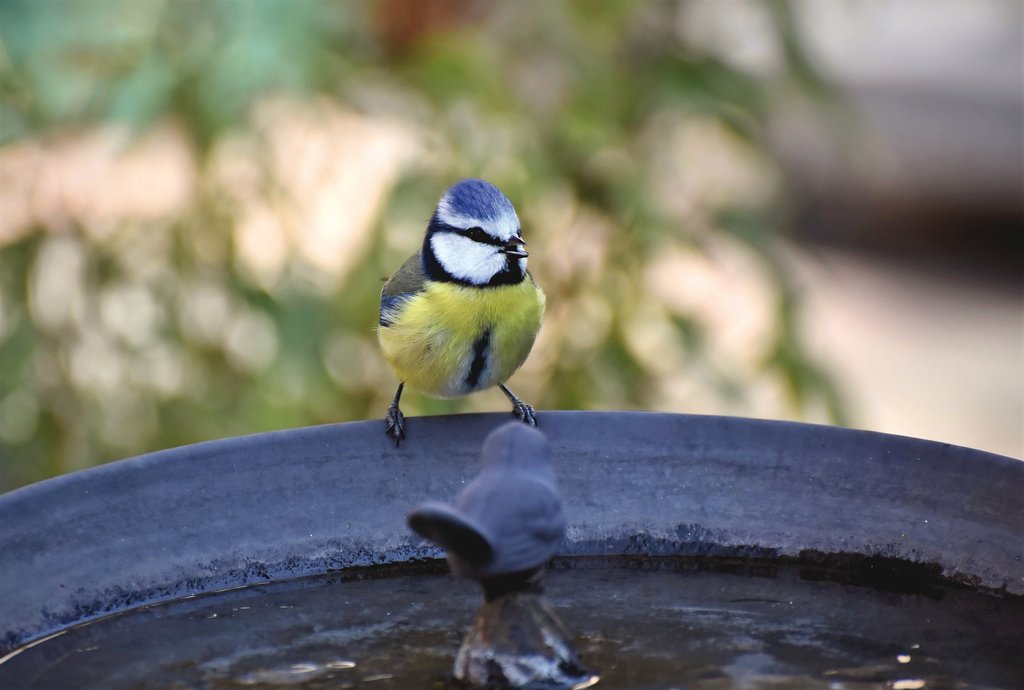
Birds are lovely creatures to spend time watching and while they can bring real joy and life to a garden, they are also good for your garden’s health. Whether you just want to sit and watch them or just love the sound of birds chirping, there is an abundance of ways to attract birds to our gardens. To help you get started, below we have provided a handful of options to consider and tips to utilise, helping make your garden a place that a variety of birds will love to spend time in.
Before we get into our main tips, the team at birdwatching site Birding 247 spoke to us about the benefits of attracting birds to one’s garden: “If you're someone who regularly feeds the birds in your garden or outdoor space, you'll likely already appreciate the many benefits this brings to your garden birds and your own mental well-being. Learning more about robins, for instance, is a wonderful thing and can bring immense enjoyment to you personally while also helping this species thrive.
“There is proof that feeding birds in your garden is money well spent and has led to population increases in over 30 species since the 1970s. You could even choose a nice nest box for your garden and this will help other birds that are struggling in recent times, such as sparrows and swifts. All in all, there are many benefits for both yourself and to nature from encouraging more birds into your outdoor space."
Set up a bird feeder or table
One of the first things you can do to alert your local birds to what your garden has to offer is by feeding them. Like any creature, birds need sustenance so if you set up a bird feeder or two in your garden, the birds will continue to return. Different types of feeders will attract different birds and keep them around long enough for you to enjoy their presence. The team at bird food and wildlife product retailer CJ Wildlife shared with us their tips and suggestions when it comes to bird feeders:
“Generally, the more varied food and feeders you use, the greater the variety of birds. For example, the ground feeding species such as blackbirds and robins prefer a bird table or even just to forage food sprinkled on the ground. The tit family are renowned for their agility and gladly hang on any type of feeder and you can get flocks of finches and sparrows enjoying seed from a standard tube feeder. Don’t worry about needing lots of feeders, start small and go from there and look for multi-feeders that can share foods.”
As CJ Wildlife mention, you can also consider a bird table as another option for the birds. Website Bird Spot recommends tables for the following reason: “Bird tables have the advantage over hanging feeders in that you can offer a wider variety of food as well as kitchen scraps and fruit. Birds who struggle to use bird feeders such as blackbirds, robins, collared doves, and thrushes will quite happily feed from a bird table.”
When setting up your feeder and/or table, just make sure to put them somewhere where you will be able to see the birds using them all year round, in view of a window, for example. You will also want to be wary of any predators that might be lurking. This is one of the tips that Alison, from the gardening blog The Blackberry Garden, shared with us:
“I always think the best way to encourage a variety of birds into your garden is to provide a variety of different foods. Some birds like eating from the floor or bird tables whilst others will eat from hanging feeders. It is of course important to be aware of possible predators so bird feeding areas should be where the birds feel safe with unobscured views.”
Use the right bird food
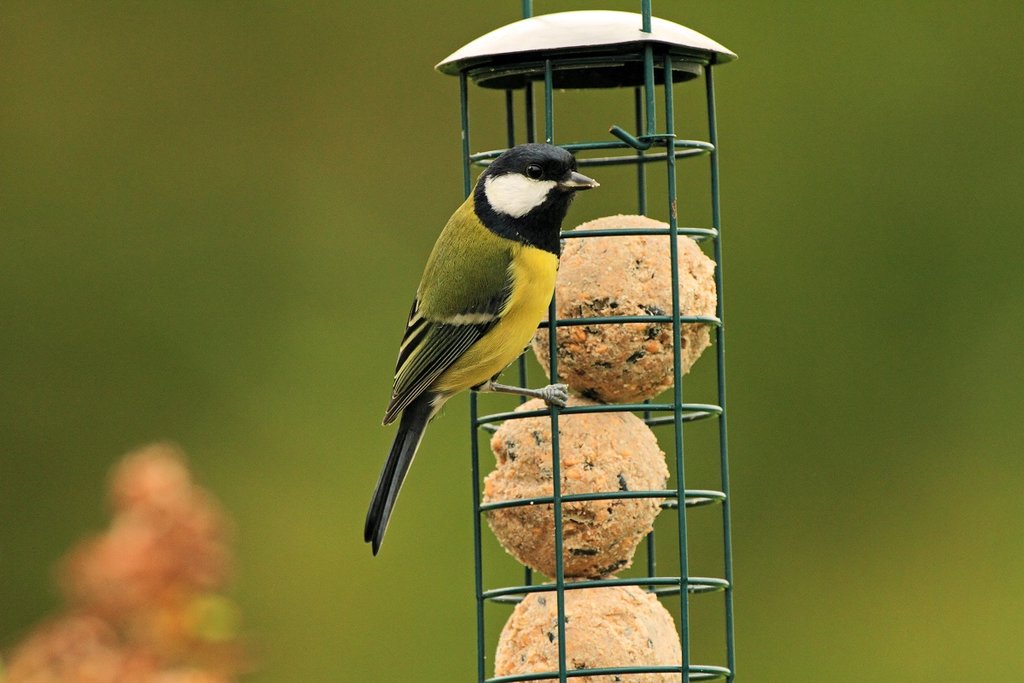
Utilising the right bird food is also a key ingredient in attracting a vibrant bird population. Not all birds enjoy or will be attracted to the same food so having a bit of variety will encourage different types of visitors to your garden. If you know which types of birds you would like to attract, however, then you can research the specific food they like. CJ Wildlife has shared their suggestions with us: “Regarding food, go for quality over quantity. You want your birds to have the highest nutrition from the food you are buying and not have anything going to waste. A good all-round food to use is sunflower hearts as are they are already de-husked, and the majority of garden birds will eat them.
“No mess seed mixes are also available that include additional ingredients. Quality fat-based products, such as our Ultimate Fat Balls and Peanut Cakes are very high in calories and perfect energy boosts throughout the year. These can also be chopped and scattered. Peanut cakes are also available with added seeds, insects and mealworms to appeal to those birds who prefer these foods and a handful of mealworms especially are a delightful bonus in breeding season.”
Utilise bird baths
It’s not just food that birds need, with CJ Wildlife recommending that garden owners “always provide a source of clean, fresh water as this is essential not only for drinking but for bathing too.” By providing a place to grab a drink and bathe in, birds will be making regular stops to your garden and will stay for longer than just a quick snack. This can be achieved by installing a bird bath, set up somewhere in your garden that is easy for a few birds to access. The team at the Royal Society for the Protection of Birds (RSPB) – the largest nature conservation charity in the country – has shared with us how helpful a water source can be for attracting birds:
“The easiest thing to do is to provide water – whether that’s by simply filling a plant saucer with clean water or putting out a bird bath. As well as being a valuable drinking source, water is also critical in helping birds keep their feathers clean and in tip-top condition for flying and evading predators. Clean water sources are particularly important in the summer, and in the winter when natural water sources might have frozen.”
The RSPB also spoke to us about how bird-friendly gardens can be a big benefit to the wider natural world: “87% of people in the UK have a garden, covering an area 1/5 the size of Wales, so what you do in your garden really adds up. Many UK bird species are in trouble, with some of the biggest threats being the loss of habitat and natural food sources – providing food, water, and places to nest can be a vital lifeline to your local birds.”
Create nesting sites
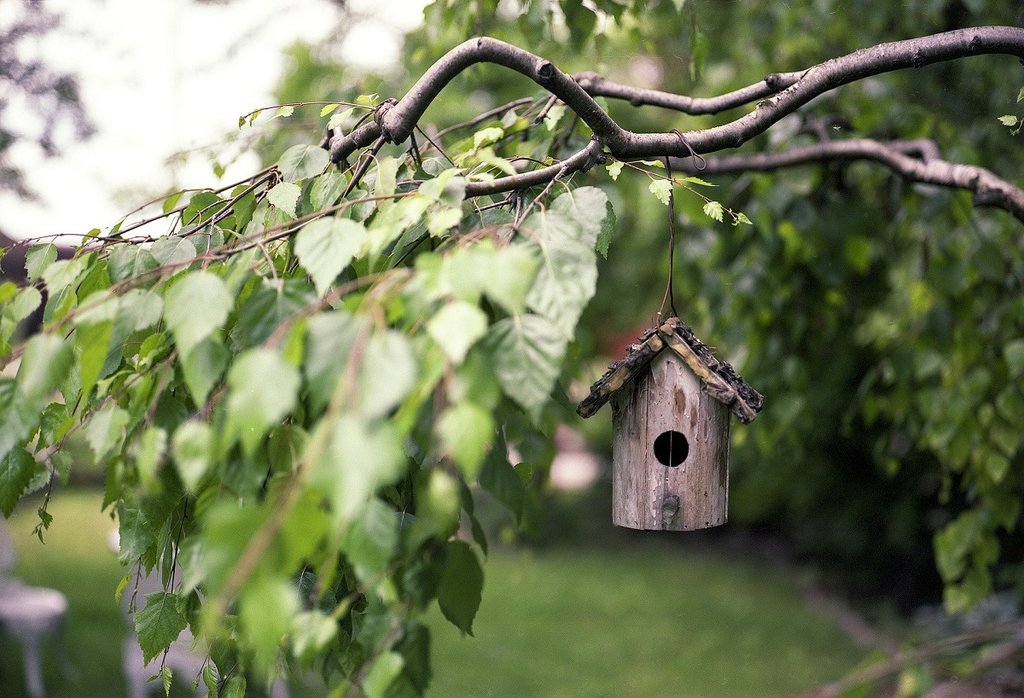
If you want more than a fly-by visit, taking the time to create some nesting sites for the local bird population is a great idea. Birds spend a lot of time nesting and raising chicks so by setting up a bird house, box, or natural areas where they can make a home will mean that your garden by association will become their home too. You can enjoy seeing the birds come out of their nest, go for a drink, have a bite to eat, and go about all their daily business. Birds require something safe to inhabit so just make sure any nesting sites are out of the reach of cats and don’t go poking your nose in as you might scare the birds off.
Plant with birds in mind
Planting is a great way to attract birds to your garden for a number of reasons. For example, birds seek out natural nesting sites too so by planting shrubs, thick hedges, and trees in your garden, you can create spots that they will naturally flock to. Plants also provide a good source of food such as berry bushes, and other plants and grass will attract insects that the birds will snack on. Ellen, from the gardening blog Ellen Mary Gardening, spoke to us about her tips and shared:
“The best way to attract birds into your garden is to plant a mix of hedging and trees that provide homes and food for wildlife. Ivy can be a great place for birds to nest and feed plus they will enjoy the berries, as will many other insects and important wildlife for the garden. Hawthorn and Blackthorn are two great hedging plants as is Alder, all of which give great nesting coverage and food as well.”
The team at the RSPB have spoken to us about their tips, sharing the following advice about how planting can be an amazing source of natural food for the birds: “Providing food will make you very popular. One way is to grow your own bird buffet – sunflowers will be a haven for goldfinches, while ivy berries are calorific treats for birds such as blackbirds. Planting pollinator-friendly plants will also entice flies, butterflies, and other invertebrates which are a great food source for many birds.”
You don’t have to have a massive garden, by just having the odd shrub and a few plants, you can help provide food and shelter to any birds in the area.
Tips for attracting birds to your garden
- Set up a bird feeder or table
- Use the right bird food
- Utilise bird baths
- Create nesting sites
- Plant with birds in mind
If creating a bird-friendly garden is part of a larger revamp of your home, you might want to consider taking the time to make your garden accessible, helping you to enjoy your space as much as possible.
This news article is from Companion Stairlifts. Articles that appear on this website are for information purposes only.

